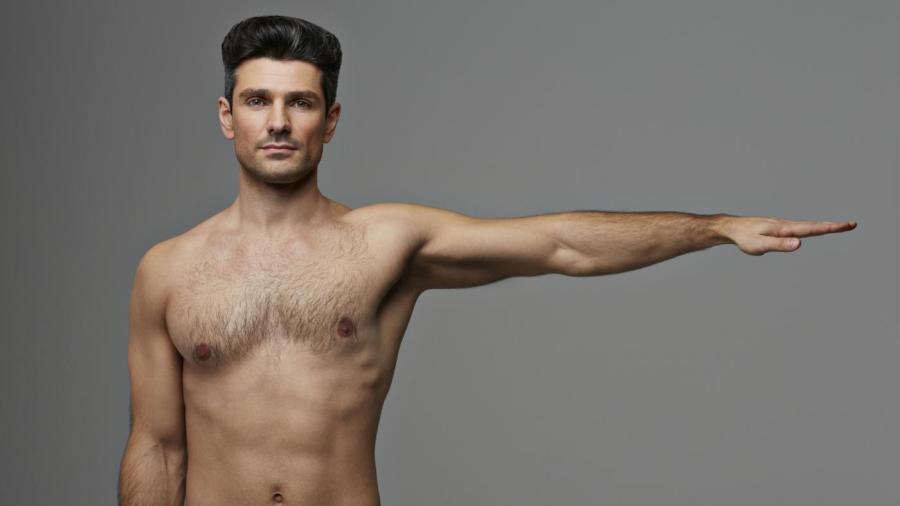What Is the Torso Area of the Body?

The torso is the main part of the body to which the neck and limbs attach, and it is a common feature of all vertebrates. The torso holds the body’s major internal organs except for the brain. Often, scientists refer to either the lower torso or the upper torso for better clarity.
In most vertebrates, the upper torso holds the lungs, heart, windpipe and esophagus. These organs reside in and are protected by the rib cage. The lower torso holds the large intestine, small intestine, stomach, liver, kidneys, pancreas, gall bladder, spleen and appendix. Additionally, male vertebrates hold their testis inside the lower torso, while female vertebrates carry their ovaries and uterus inside the lower torso. Sometimes, the lower torso is called the abdomen.
The primary bones of the torso include the rib cage, spinal column, clavicle and shoulder bones. Many different muscles cover and attach to these bones to permit movement. On top of the muscles, a layer of connective tissue attaches the skin to the muscles. The torso often moves in and out with breathing movements or, for some vertebrates, their heartbeat.
The torso of most animals is not very flexible, as seen in humans, dogs and whales. By contrast, a few animals, such as snakes, have remarkably flexible torsos.





